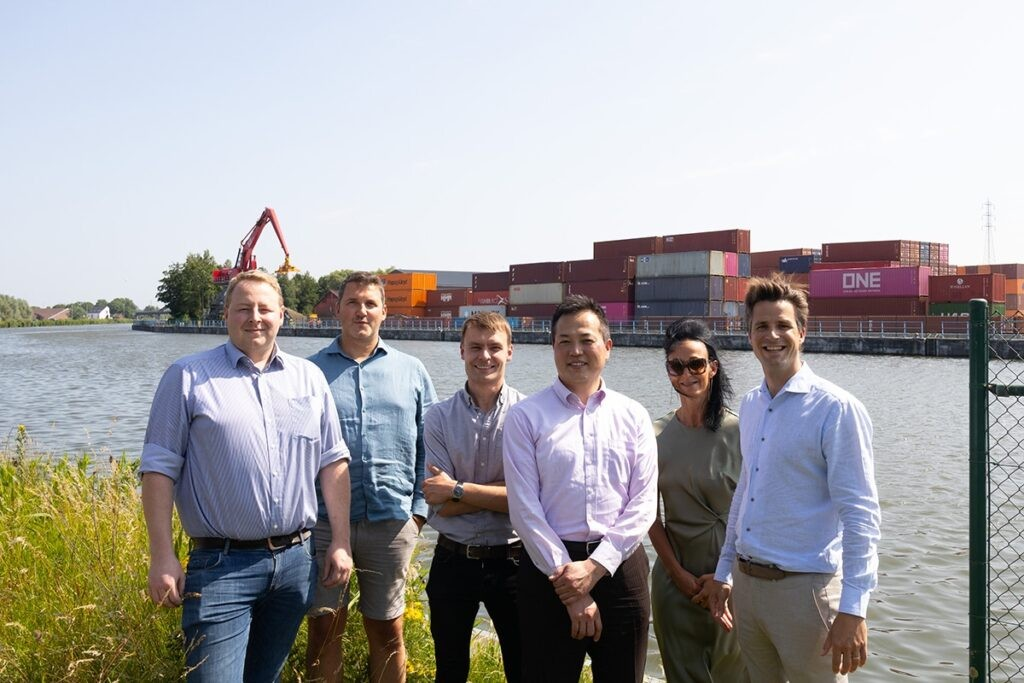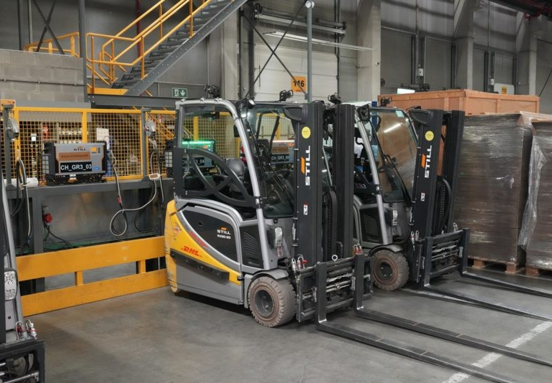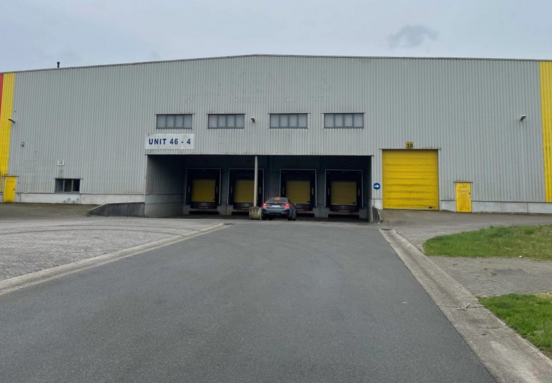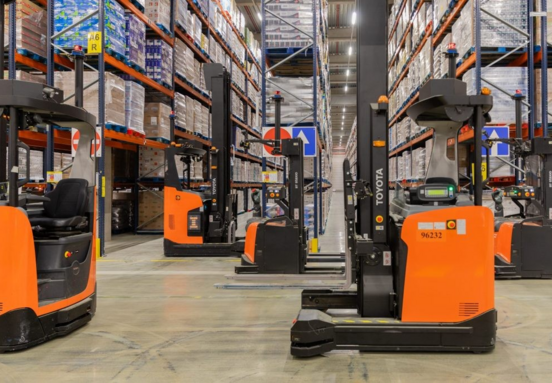Optimizing logistics through strategic location
Businesses looking for warehouse or office space understand that location is paramount, not just for accessibility but also for supply chain efficiency and sustainability. A recent case study involving Linum Europe, a company importing 40ft containers from Thailand to its warehouses in Kuurne, Belgium, perfectly illustrates this point.
The challenge: high road dependence and environmental impact
Previously, Linum Europe relied solely on road transport to move containers the 117.7 km distance from the Port of Antwerp to their Kuurne facility. While direct, this method contributed significantly to road traffic congestion and environmental impact.
The solution: embracing inland waterways
Working with a study facilitated by Multimodal. Flanders, Linum Europe implemented a strategic shift. Containers are now transported via inland waterway from the Port of Antwerp to the LCZ logistics center in Zwevegem. This eliminates the majority of the road journey, leaving only a short 13.4 km truck ride from Zwevegem to the final destination in Kuurne.
Quantifiable benefits: reduced emissions and improved flow
The impact of this modal shift is substantial. Annual road kilometers for these containers are projected to plummet from 16,478 km to a mere 1,876 km. This drastic reduction directly translates to a significant decrease in CO2 emissions – a remarkable 65% reduction annually, from 22,458 tons to 7,883 tons. Beyond the environmental upside, utilizing inland waterways reduces pressure on road networks, potentially improving logistics flow and reliability.
Why multimodal access matters for your business location
This case study highlights a crucial factor for businesses evaluating potential sites for warehouses or offices: access to multimodal transportation hubs. Locations near inland ports or major waterway terminals offer viable alternatives to solely relying on road transport. Opting for a site with strong multimodal connections can:
- Reduce Transportation Costs: Water transport is often more cost-effective for bulk goods over long distances.
- Enhance Sustainability: Lower CO2 emissions align with corporate responsibility goals and evolving regulations.
- Improve Efficiency: Diversifying transport modes can mitigate risks associated with road congestion or disruptions.
- Future-Proof Operations: As sustainability becomes a higher priority, access to green transport options is a competitive advantage.
Linum Europe's successful optimization serves as a compelling example of how smart logistics planning, facilitated by strategic location and embracing multimodal solutions like inland shipping, can lead to significant operational improvements and environmental benefits.
Source: warehouselogistiek.eu







